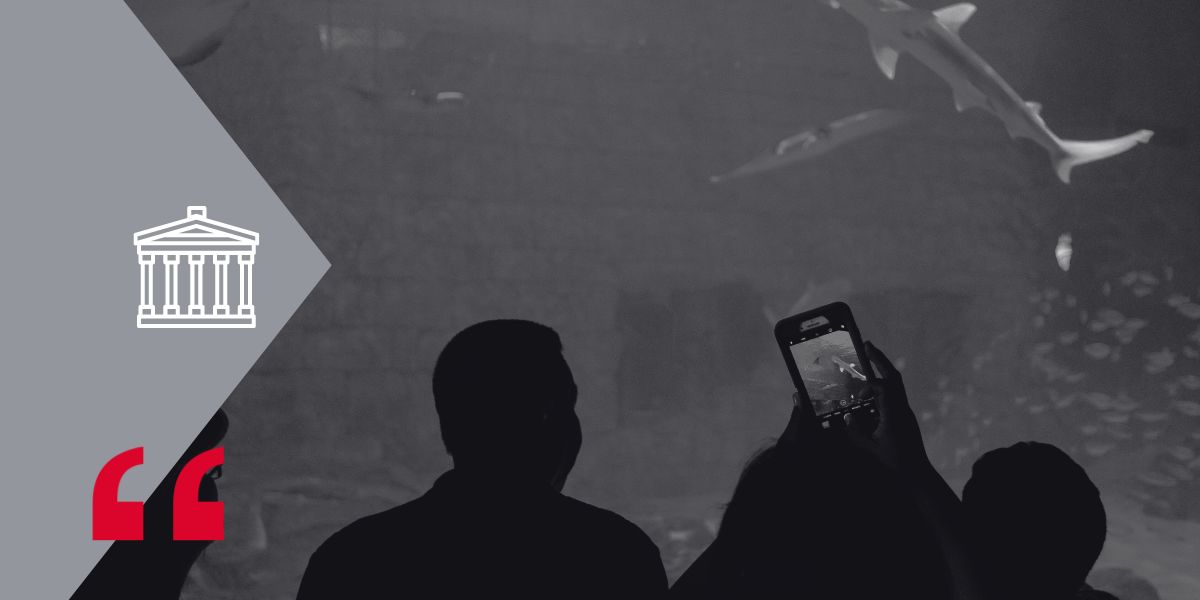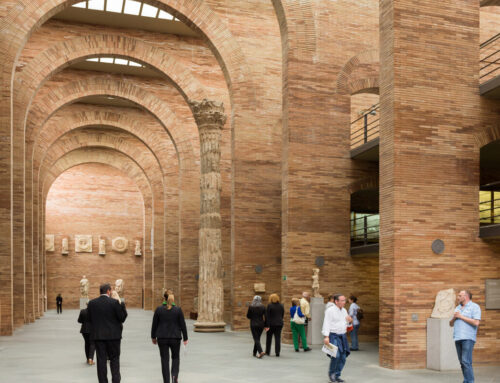Public address systems in tourist facilities play a fundamental role in the management and experience of tourists. From transmitting important announcements to creating pleasant soundscapes, these systems ensure effective communication. The correct implementation of these systems requires proper planning, taking into account the characteristics of the location and the specific needs of each facility.
Guide to installing a public address system in tourist facilities
When installing public address systems in tourist facilities, it is essential to ensure that the system functions correctly and covers all necessary areas efficiently. Below are the essential steps for a successful installation:
1. Strategic placement of speakers
The distribution of speakers is a critical step to ensure uniform coverage throughout the premises. Key factors to consider are:
- Area coverage: In large tourist facilities, speakers must be installed at strategic points to cover all areas where sound is needed. This includes indoor areas (such as hallways, restaurants, meeting rooms) and outdoor areas (gardens, terraces, pools).
- Types of speakers: For outdoor areas, speakers designed to withstand weather conditions such as rain or extreme heat should be used. These speakers must also provide clear and powerful sound in open spaces. In indoor areas, ceiling or wall-mounted speakers can be used to integrate with the design without affecting aesthetics.
- Prevention of acoustic shadow zones: It is important to place speakers in a way that avoids “shadow zones,” where sound does not reach with sufficient clarity. This can be achieved by calculating the distance between speakers and their output power, ensuring homogeneous sound in all covered areas.
2. Cabling and integration with other systems
Wiring is another crucial aspect of installing public address systems in tourist facilities. It should be done in a way that guarantees efficient and stable connections between speakers, amplifiers, and other system components. Key points include:
- Cable layout: The cabling must be planned so that cables are as hidden as possible, using underground channels or embedding them in walls and ceilings to maintain a clean appearance and avoid tripping hazards. High-quality cables must be used to ensure sound transmission without loss or interference.
- Compatibility with security systems: Public address systems in tourist facilities should not operate in isolation. In many cases, it is advisable to integrate them with other security systems, such as fire alarms or emergency evacuation systems, allowing public address systems to issue emergency announcements or instructions in case of an incident, facilitating a quick and orderly evacuation.
- Secure power supply: It is important to ensure a stable and secure power supply for public address systems in tourist facilities. In the event of power outages, the use of uninterruptible power supplies (UPS) should be considered to keep the system operational in critical situations.
3. Configuration of sound zones and centralized control
Once the speakers are installed and the system is connected, it is essential to configure the control of public address systems in tourist facilities to meet the complex’s needs. This configuration should allow efficient and personalized sound management in different zones. Key steps include:
- Zoning: Most tourist facilities require dividing the system into several zones. Each zone (rooms, common areas, outdoor areas, etc.) should be controllable independently. This is useful for making announcements in specific areas without interrupting the atmosphere in others, or for playing background music in certain zones while announcements or specific messages are made in others.
- Centralized control: Installing a centralized control console is crucial for easy management of the public address system. This centralized panel should allow volume adjustment, zone selection, and message delivery via microphones or pre-recorded messages. It is recommended that the systems offer automatic programming options so that messages can be broadcast at predefined times or during emergencies.
- Use of microphones and mobile devices: Depending on the site’s needs, systems may include wireless microphones or connect to mobile devices for greater flexibility, allowing staff to make announcements from any part of the facility without needing to go to a fixed point.
4. Testing and final adjustments
Before public address systems in tourist facilities are fully operational, exhaustive testing must be carried out to ensure everything works properly. These tests should include:
- Sound tests: Sound tests should be performed in all areas covered by the system to verify that the sound is clear, crisp, and distortion-free. It is important to check for dead spots or areas where the volume is too high or low. Outdoor speakers should also be tested to ensure they withstand environmental conditions and still provide quality sound.
- Zoning verification: Zoning must be tested to ensure that announcements or music can be directed to specific areas without affecting others. This is crucial in large facilities where it may be necessary to broadcast different types of sound or messages simultaneously in various zones.
- Control adjustments: The central control console must be reviewed to ensure it operates optimally, allowing simple and quick adjustments. Additionally, the capability of making announcements via wireless microphones or mobile devices, if available, should be tested.
- Emergency simulations: If systems are integrated with emergency alarms, emergency situations should be simulated to ensure public address systems in tourist facilities respond appropriately. This includes the automatic broadcasting of messages or instructions for guest evacuation.
Conclusion
Installing public address systems in tourist facilities is a detailed process that must be carried out carefully to ensure efficient and high-quality sound coverage. From strategic speaker placement to integration with other systems and final testing, each step is crucial for the system to meet expectations and provide an optimal experience for visitors, as well as efficient communication for facility management.





